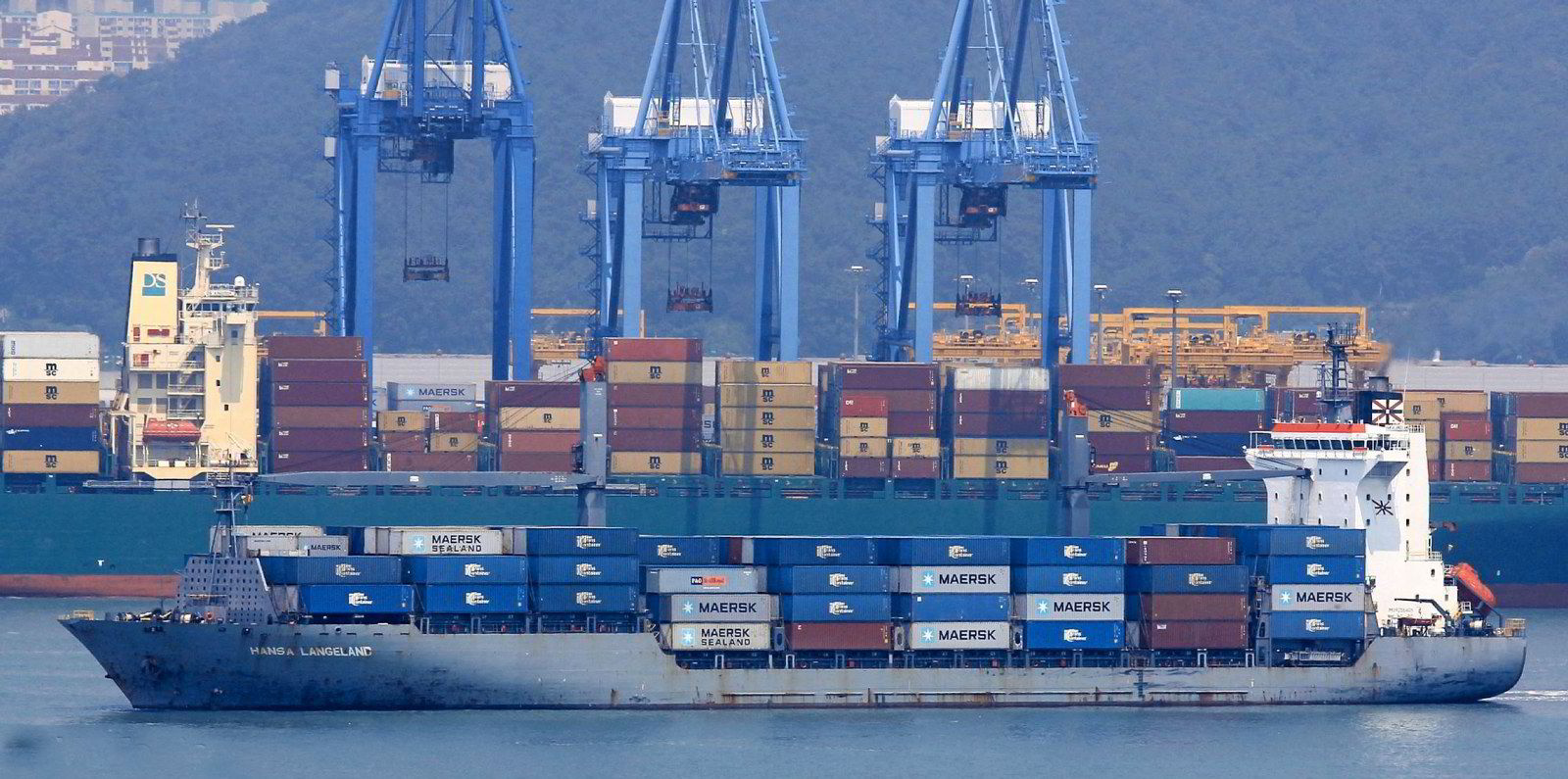Analysts already forecasting that Matson will report a plunge in second-quarter earnings as the container market returns to normal after bumper profits appear to have overestimated the slump.
The Hawaiian liner operator and shipowner has unveiled second-quarter earnings estimates that show it will outperform Wall Street expectations.
The Honolulu-headquartered company said it expects to report $76.3m to $81.5m in profit for the period, which is far below the $381m reported a year earlier when container freight rates were booming.
Matson said its earnings per share should come in between $2.14 and $2.28, far above the average forecast of $1.22 by three analysts tracked by Yahoo Finance.
“Matson’s ocean transportation and logistics business segments performed well despite a challenging business environment and sluggish economic growth,” chief executive Matt Cox said in a statement.
“Within ocean transportation, our China service saw higher sequential quarterly freight demand but generated lower year-over-year volume and freight rates, which were the primary contributors to the year-over-year decline in our consolidated operating income.”
Matson's ocean transportation business, which includes its fleet of container ships, should report operating income between $78m and $83m, down from $470m a year earlier.
The company primarily operates in the domestic trades between connecting Hawaii and Alaska to the US mainland, which are protected by the Jones Act cabotage law, but several of its container ships continue on to China.
Cox said the company believes the transpacific market will see a muted peak season as retailers manage inventories in the face of declining consumer demand.
But liner operators have made modest cuts to capacity and the retail inventories are better than they were earlier in the year.
“For Matson, we expect our China service to be near full during the traditional peak season,” Cox said.
“Absent an economic ‘hard landing’ in the US, we continue to expect trade dynamics to gradually improve for the remainder of the year as the transpacific marketplace transitions to a more normalized level of consumer demand and retail inventory stocking levels.”
Trades to Hawaii, Alaska and Guam have seen volume declines compared to the same period of last year, he said.





